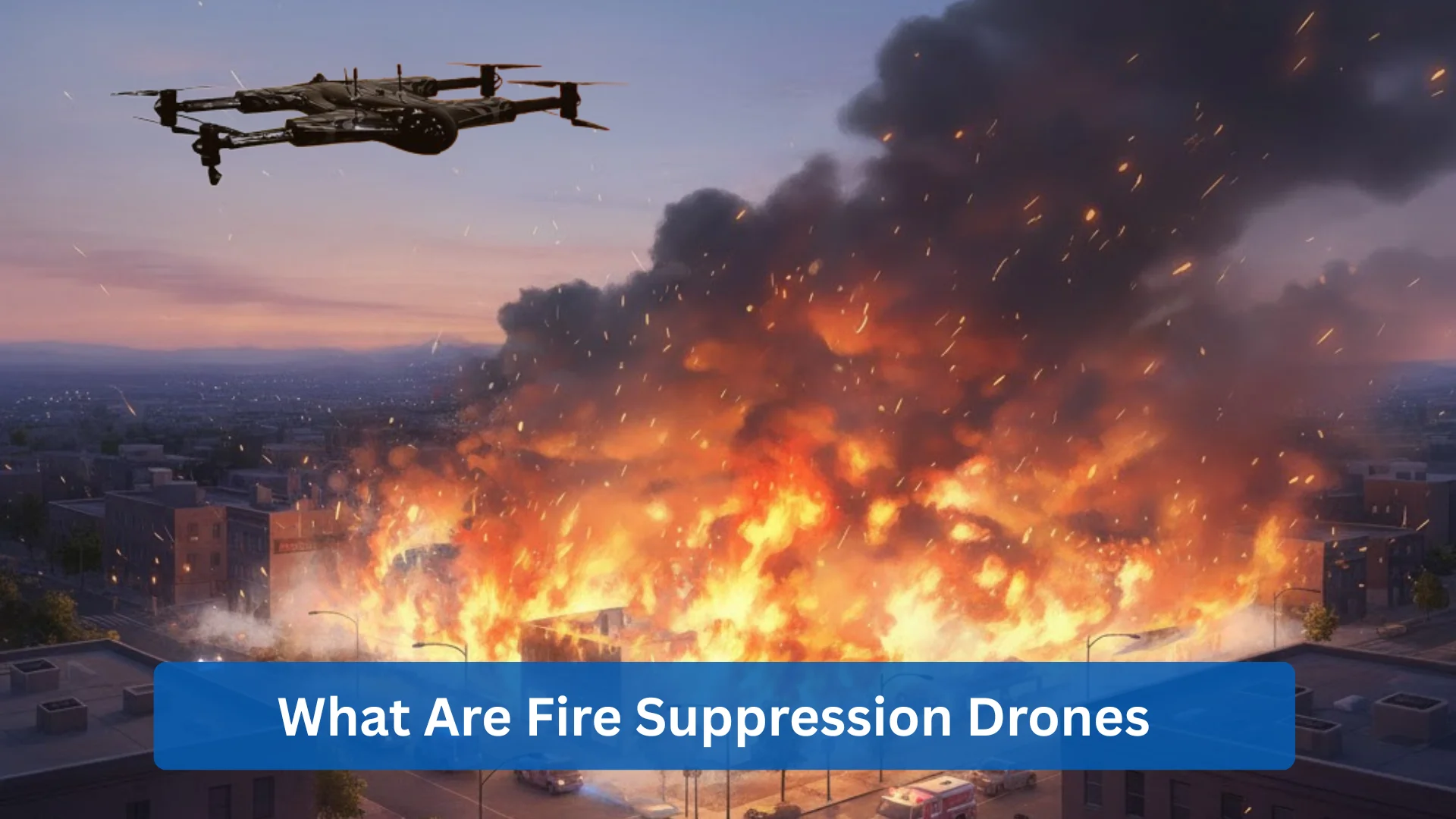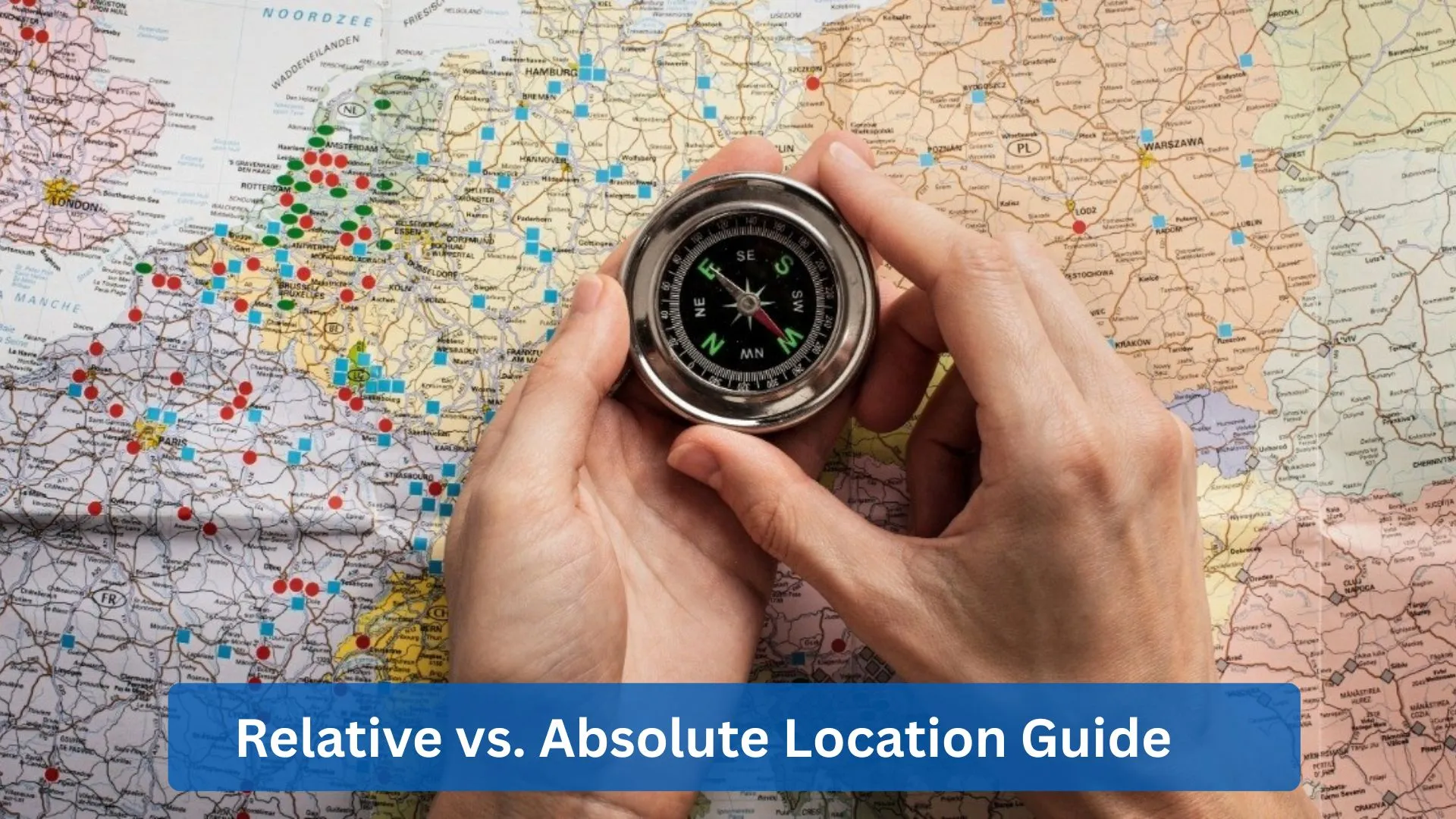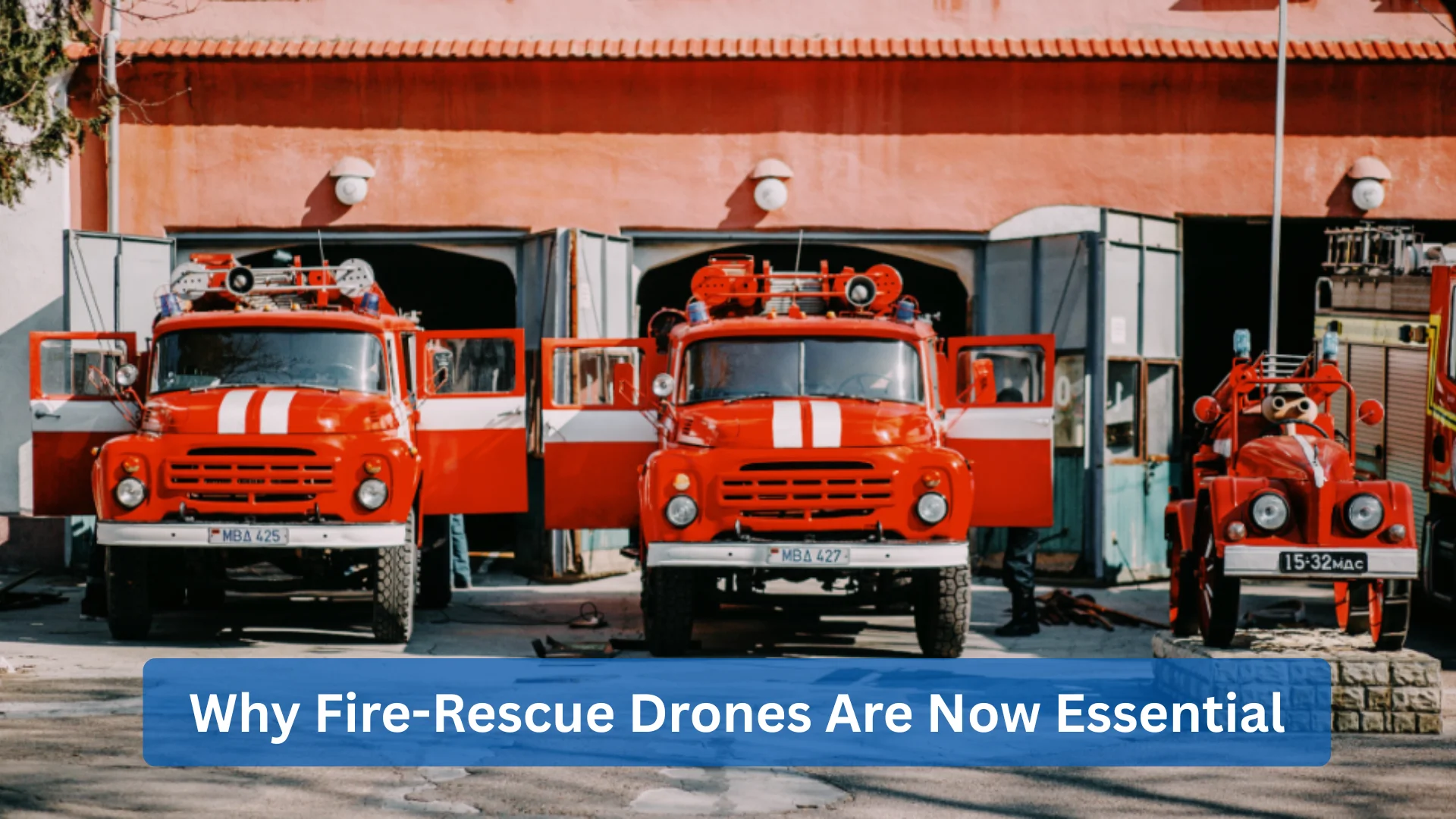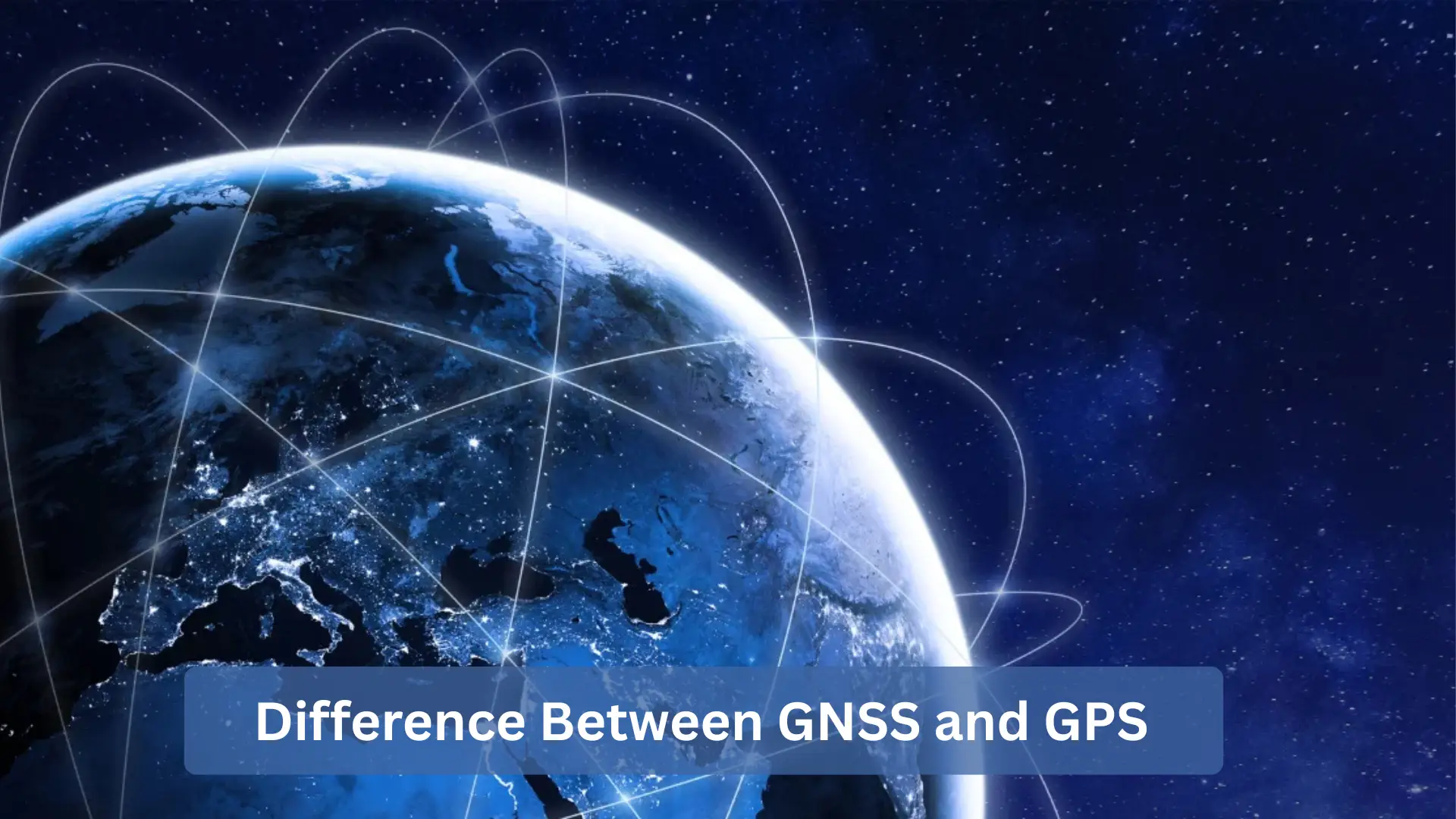How High Can Drones Fly? Max Altitude Limits Explained
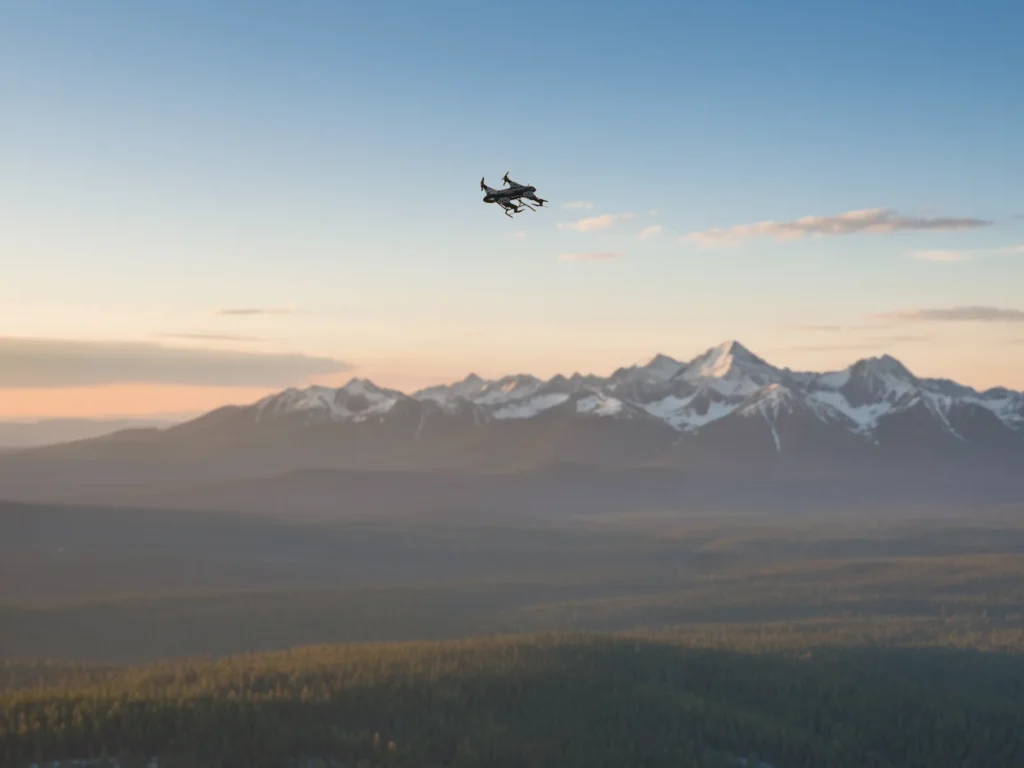
It’s crazy how far drones have gotten in the last ten years. They’ve totally outgrown their reputation as just fancy toys. Now you’ve got agricultural drones helping farmers check on crops, filmmakers getting those epic shots, and even rescue teams using them to find people. Many people also wonder, “How high can drones fly?” Legally in the United States, drones can fly up to 400 feet above the ground without special permission, though commercial pilots may have exceptions near tall structures. Technically, drones can reach much higher altitudes, but regulations, battery life, and weather conditions all limit how far they can safely go. Oh, and let’s not forget the military’s been using them for ages. They’ve really evolved from simple gadgets into advanced machines that can go almost anywhere and capture incredible footage.
With drones getting so advanced, it makes you wonder. just how high up can these things actually go? Is there a limit? Honestly, it’s a way trickier question than it sounds. The short answer is that two things cap the height: the government’s rules and the drone’s own engineering. Every drone pilot on the planet has dreamed of sending their machine into the stratosphere, but obviously, the folks in charge are a little worried about them sharing airspace with passenger jets!
This article will break it all down for you. We’ll explain the difference between altitude measurements, the types of drones and their altitude capabilities, and the legal limits set by authorities across different countries. What happens when a drone flies too high? We’re covering the big challenges, from weak signals to dead batteries. We’ll also share stories of record-breaking flights, answer your most common questions, and talk about how to fly responsibly.
By the end, you’ll not only know how high drones can fly, but you’ll also understand why those limits exist and how to stay safe and compliant while enjoying your drone.
Understanding Drone Flight Altitudes
Want to know a drone’s true limits? It all starts with understanding what ‘height’ actually means in the air. “Altitude” in aviation is a precise term, not a general one. The specific definition used directly governs the legal restrictions and the physical performance you can expect from your aircraft.
What is Drone Altitude?
Talking about drone altitude might sound straightforward, but it’s a bit more specific than that. For pilots and the rules they follow, there are two main types of altitude: Above Ground Level (AGL) and Mean Sea Level (MSL).
First up is AGL. This is the easy one to understand because it’s all about the immediate distance to the ground. For instance, if your drone is 100 feet in the air above your local field, then its altitude is 100 feet AGL. So that’s AGL. But then there’s MSL, which uses average sea level as its baseline. This is what you hear pilots in manned aircraft using, since it creates a universal standard for the skies, keeping everyone on the same page.
Here’s why this is so important. Imagine you’re flying your drone in a mountainous area. You’re standing at 5,000 feet MSL, and you send your drone up 400 feet. To you, it’s 400 feet high. But on an aviation chart, it’s at 5,400 feet MSL, which is a common cruising altitude for small aircraft. To avoid this confusion and keep everyone safe, rules for drone pilots are almost always given in AGL terms because it’s a much clearer standard for us.
Types of Drones and Their Altitude Capabilities
Not all drones are created equal. The maximum altitude a drone can reach depends a lot on its type, design, and purpose. Let’s break them down.
Recreational Drones
These are the common drones you’re probably most familiar with. To make sure they’re operated safely, they come with a software lock that keeps them under 500 feet. The interesting part is that their hardware could often handle going much higher. However, pushing past that limit is a serious safety risk and breaks aviation laws.
Commercial Drones
Think about the drones used in important work like search and rescue or scientific research. They’re definitely more capable than what most of us fly for fun, and they need to be to do their jobs properly. While they could reach amazing heights, they still respect the same airspace rules we all follow. What makes them special is that their pilots can get formal approval to exceed limits when the situation truly calls for it.
Military Drones
While your typical consumer drone is built for fun and might fly for thirty minutes a few hundred feet up, a military drone like the ZenaDrone1000 operates on a completely different level; it’s essentially a sophisticated, unmanned aircraft engineered for high-stakes missions, capable of soaring at altitudes around 25,000 feet and staying aloft for over twenty-four hours straight, all while carrying advanced specialized equipment for complex tasks like long-range surveillance, which makes it a vital, persistent eye in the sky for situations too dangerous or prolonged for manned flights.
High-Altitude Experimental Drones
Scientists are now creating experimental drones that can fly in the stratosphere. These amazing machines are often solar-powered and can reach altitudes above 70,000 feet, which is far higher than where commercial planes fly. Up there, they function like temporary satellites, providing crucial services for scientific research, global communications, and monitoring our planet.
How High Can You Legally Fly a Drone?
Knowing a drone’s limits is one thing, but knowing the legal limits is what makes you a responsible pilot. It’s not about taking the joy out of flying. It’s about making sure that the joy of flight never comes at the cost of someone’s safety.
FAA Regulations in the United States
Here’s the main thing to remember when you fly in the US: keep it under 400 feet. That’s the FAA’s big rule. Just measure straight down to the ground beneath your drone. This way, we can all share the sky safely and keep a nice buffer between drones and manned aircraft.
But what about exceptions? There are a few, but they come with conditions.
If you are inspecting a tall structure like a radio tower or a wind turbine, you might be allowed to fly up to 400 feet above its peak. This usually requires proper authorization first, so you must plan ahead. Commercial operators can also apply for something called a Part 107 waiver. This is special permission to exceed certain limits, including altitude, but only under very controlled and approved conditions.
For the average hobbyist, though, 400 feet is a firm limit. You might wonder, why that specific height? It’s a brilliant safety buffer. Most manned aircraft, like small planes and helicopters, are required to fly no lower than 500 feet above the ground. Our 400-foot limit creates a crucial 100-foot safety cushion that minimizes the risk of a collision. It’s a simple rule that does a very important job.
Drone Height Regulations in Other Countries
The FAA’s 400-foot rule is a great guide to start with, but remember, airspace rules change just like language or currency when you travel. If you’re dreaming of flying your drone in another country, it’s really important to learn their local rules first. The good news is that there’s a remarkable global consensus on a safe altitude ceiling.
Here’s a quick overview of altitude limits in several countries:
Country / Region | Regulatory Body | Max Legal Altitude |
United States | FAA (Federal Aviation Administration) | 400 ft (AGL) |
European Union | EASA (European Union Aviation Safety Agency) | 120 m (~394 ft) |
United Kingdom | CAA (Civil Aviation Authority) | 400 ft |
Canada | Transport Canada | 400 ft |
Australia | CASA (Civil Aviation Safety Authority) | 120 m (~394 ft) |
India | DGCA (Directorate General of Civil Aviation) | 120 m (~394 ft) |
China | CAAC (Civil Aviation Administration of China) | 120 m (~394 ft) |
As you can see, whether it’s 120 meters or 400 feet, the vast majority of the world has settled on the same magic number. This isn’t a coincidence; it’s the result of international aviation bodies agreeing on a fundamental principle of safety. No matter where you fly, you can count on that 120-meter or 400-foot limit. It’s like a secret handshake among drone pilots across the globe. It’s really reassuring to know you’re already following the most important rule, wherever your drone takes you.
Just remember to do one simple thing before you fly. Always check the official drone rules for the country you’re visiting. While the height limit is usually familiar, other important details like registration and no-fly zones can change from place to place. A quick online search will make sure your flight is both spectacular and completely legal.
Penalties for Exceeding Legal Altitudes
It is normal to wonder how high your drone can really go. Many new pilots feel tempted to push just a little higher to see what their drone can handle. The problem is that going above legal limits has serious consequences. These rules are not meant to spoil the fun. They exist to protect the skies we all share and to keep both drones and manned aircraft safe.
Fines
So, what happens if you fly too high? Well, the FAA, for example, takes it seriously. While a one-time slip-up might not ruin your day, knowingly pushing the limits or making a habit of it is a sure way to get a fine that could cost you thousands. Some cases have reached fines in the tens of thousands. Other countries are also strict. In the UK, fines can reach up to £2,500. In Australia, CASA can penalize drone pilots more than AUD 11,000. It’s a steep price to pay for a single risky decision, isn’t it?
Drone confiscation
Authorities in many countries have the right to take away your drone if you are caught flying too high or in restricted areas. Losing your drone is not only frustrating but also expensive. Once it is confiscated, you may not get it back.
Legal charges
In the most serious cases, flying above legal altitude can move from a civil penalty to a criminal matter. If your drone interferes with an airplane, disrupts emergency operations, or injures someone, you could face criminal charges. It’s a scary thought, but a bad decision could lead to criminal charges, a record that follows you, and in the worst situations, time behind bars.
I know it’s tempting, but honestly, is that extra altitude worth all the trouble it could bring? We don’t want you to lose your hard-earned money or your beloved drone. Flying by the rules is how you make sure your hobby stays fun, safe, and completely worry-free. It’s about protecting your joy as much as protecting the sky.
When you stick to the altitude limits, you’re doing more than just avoiding trouble. You’re creating habits that let you unwind and fully appreciate your time in the air, whether you’re capturing a beautiful sunset or getting an important job done.
How High Can Drones Fly?
In the United States, drones can legally fly up to 400 feet above the ground without special permission. Some exceptions apply for commercial pilots operating near tall structures. The actual maximum altitude a drone can physically reach depends on its technical capabilities, which may extend much higher. However, factors such as FAA regulations, battery life, air pressure, and weather conditions limit how high drones can safely and legally operate.
How High Can Consumer Drones Fly?
It might surprise you, but the consumer drone you own is probably a powerhouse. Most are physically capable of climbing several thousand feet into the sky. I know some users have even pushed them to extremes like 10,000 feet, though it’s both illegal and incredibly risky. Sadly, many of those drones never made it back home, losing their connection or running out of battery on a one-way trip.
So, what’s really holding them back? It’s a battle against physics.
- Air Pressure: Thin air is a drone’s biggest enemy at high altitudes. The propellers struggle to find enough air to push against, much like a bird trying to fly in a near-vacuum, which makes sustained flight impossible.
- GPS and Signal: Your controller’s signal is your drone’s lifeline.As your drone climbs, that vital link to your controller gets fainter and fainter. It’s a heart-sinking feeling when it just… drops out. This is what we call a “flyaway”. Your drone is suddenly alone, confused, and with no way to find its way back home to you.
- Battery Life: That steep climb is a huge energy drain. It takes so much power to get up there that there’s often very little left for the most important part: the safe return journey.
Record-Breaking Flights: What’s the Highest a Drone Has Ever Flown?
Some drone pilots have pushed limits just to see what’s possible. There are records of drones reaching 33,000 feet, which is about the cruising altitude of commercial airplanes. These flights are highly illegal and extremely dangerous. A collision at that height could cause real disasters.
Meanwhile, some drones are built to conquer the stratosphere itself, flying at about 70,000 feet. Think of them as persistent satellites, but much closer to Earth. They’re busy with serious work like climate research, connecting remote communities to the internet, and helping keep people safe. The takeaway is simple: just because drones can reach extreme heights does not mean they should.
Software and Firmware Altitude Restrictions
Drone makers include altitude restrictions for a reason. One drone, for instance, uses a default cap of 500 meters. You can lower this in your settings, but raising it higher is not possible without hacks. We understand the temptation to push your drone’s limits. Some pilots look for ways around the restrictions, using modified software or unofficial apps to fly higher.
It might look like you’re unlocking your drone’s full potential, but you’re actually taking some big risks. First off, you’ll instantly void your warranty, meaning no help if things go wrong. Even scarier, you’re making a crash much more likely. Plus, you could be hit with legal penalties for breaking the rules that keep our skies safe. These safety limits aren’t put in place to limit your fun. Manufacturers design them to protect you, your investment, and everyone sharing the airspace. Flying within these boundaries is how we ensure this amazing technology remains safe and accessible for all of us.
Really, this all comes down to taking care of something precious. These safety features aren’t just rules; they’re how we make sure the skies stay magical and safe for everyone who comes after us. Sure, bypassing them might give you a quick thrill, but it risks the very magic that makes flying so special and could ruin it for all of us.
Environmental and Physical Limitations of High-Altitude Drone Flight
It’s fascinating to think about, but even if all the rules disappeared tomorrow, our drones would still find their limits. They aren’t just limited by law; they’re bound by the gentle, unbreakable laws of physics. The atmosphere itself creates a natural ceiling that no amount of engineering can completely overcome.
Air Pressure and Propulsion Issues
Your drone stays in the air by forcing its propellers downward against the atmosphere. This action is its only source of lift. For it to work, the air needs to be thick enough to provide resistance, just like you need a solid surface to jump off of.
The sky itself puts a limit on how high your drone can go. Up there, the air is too thin for the propellers to get a good grip. The motors can strain all they want, but they will never produce enough lift to go further. It is not a law, it is just physics. Think of it as a final, firm ceiling.
In short: High altitude = thin air = poor propeller grip = less lift. It’s a fundamental physical barrier that even the most powerful drone cannot overcome.
Battery Life and Temperature Challenges
Higher altitudes also mean colder temperatures. Cold batteries don’t perform as well, so flight times shrink dramatically. Many pilots in mountainous regions report their drones lasting only half as long as normal when flying at elevation.
Also, climbing quickly burns more energy. It’s shocking how quickly a climb can kill your battery. A drone that’d easily give you 25 minutes of flight time down here could be drained in under 10 minutes when it’s struggling to reach extreme heights.
GPS and Signal Loss at High Altitudes
Drones rely heavily on GPS for stability and navigation. At high altitudes, signals may weaken or drop entirely, especially if satellites are blocked. Without GPS, drones can drift uncontrollably.
Signal between the drone and controller also weakens the higher you go. If the connection breaks, the drone may initiate a return-to-home sequence, but if it lacks battery power, it can crash before making it back.
How to Measure and Control Your Drone’s Altitude
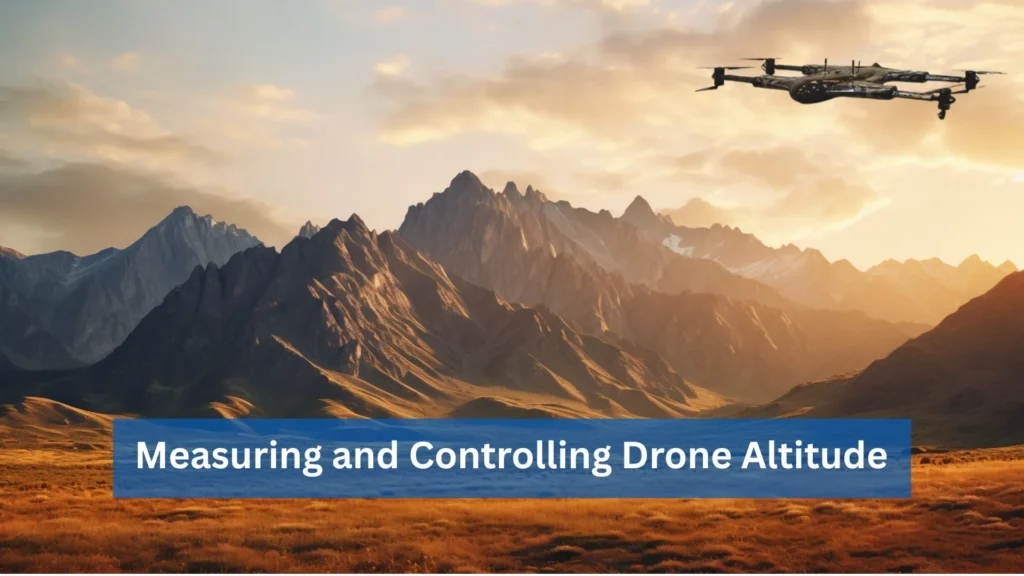
Let’s be honest, managing your drone’s height is what separates a casual flyer from a true pilot. And thankfully, it’s never been easier. Modern drones come with brilliant systems that show your altitude in real-time. Your key role is to understand these features and set those safety boundaries before your propellers start spinning.
Tools for Monitoring Altitude
You don’t have to guess how high you’re flying. Your drone’s smart enough to track its own altitude, and that number is usually staring right back at you from your controller screen or phone app. You’ll mainly be using two key tools to keep track of it all.
Barometers
Your drone knows how high it is by feeling the air. It uses a barometer, a tiny sensor that detects air pressure. When you climb, the air gets thinner and the pressure drops. The drone senses this change and instantly figures out its altitude, showing you the number live on your controller screen. It’s a simple but clever way to keep you informed while you fly.
GPS Data
Many drones also rely on GPS satellites to calculate elevation. This is especially useful because it doesn’t just measure altitude, it gives your drone a sense of position in the wider world. Combining GPS with barometer data makes the altitude reading more accurate. Together, these systems work almost like your drone’s “altitude compass,” making sure you always know where you stand in the sky.
Tips for Staying Within Legal Limits
Of course, knowing your altitude is only half the story. The other half is making sure you don’t accidentally break the law. Here are a few simple habits that can help: Set altitude caps in your settings. Most drones allow you to program a maximum height, so you’ll never climb higher than you intend. This one feature alone can save you from making costly mistakes.
Use your return-to-home (RTH) altitude wisely. When your drone loses signal or battery, it climbs to a preset height before heading back. Make sure this number is high enough to clear obstacles like trees or rooftops, but still within the legal 400-foot ceiling. Keep your drone in sight. This is the easiest rule to follow, but it’s often overlooked. If you can see your drone at all times, you’ll naturally avoid unintentional climbs.
Remember, flying at a safe altitude does more than keep you legal. Think of it as a simple win-win. You keep your drone from harm, your wallet from unexpected fines, and contribute to safer skies for everyone. What’s great is how easy it is to do right. A quick pre-flight check and mindful flying are all you need to eliminate worries and just enjoy the experience.
Final Thoughts: Flying High Responsibly
There’s something truly special about seeing the world from above through our drones. What we have to remember is that this privilege means we have to look out for everyone. If we push too high, we’re not only risking our own drone. We’re potentially putting other people’s safety at risk, from passengers in aircraft to families on the ground.
That is why the 400 foot rule is so important. It is your key to safe operation. Always take a moment to check your local regulations, as they can change from place to place, and please respect the built in limits on your drone. These safeguards are not there to restrict your fun. They exist to protect everyone who shares the air.
The best part is that you do not have to break the rules to have an incredible experience. Even within these safe boundaries, drones can capture breathtaking footage, help with important jobs, and provide pure, joyful flight. So go ahead and explore the skies. Just remember that flying smart is what allows you, and everyone else, to keep enjoying this wonderful technology for years to come.
Frequently Asked Questions (FAQs)
Can a drone reach 20,000 feet?
Yes, but only specialized ones, like those used by the military. Your everyday consumer drone isn’t built for that. For you and me, flying anywhere near that height isn’t just illegal, it’s incredibly dangerous.
What if I lose signal?
Don’t worry, most drones have a failsafe. They’ll automatically start heading back to you. But if the battery’s already low or the GPS gets lost, it might not make it home safely.
Does altitude affect battery life?
Definitely. The higher you go, the thinner and colder the air gets. This makes your motors work much harder and drains your battery a lot faster than a calm flight down low.
Can I increase my drone’s altitude limit?
You might be able to nudge it a little in your settings, but hacking the software to remove the limit is a bad idea. It’s risky, it’s unsafe, and it’s against the law.
What’s the penalty for flying too high?
It can be serious. The consequences are real. You could be looking at fines that hurt your wallet, permanently losing your drone, or even facing serious legal trouble if your flight endangers anyone.
Contact Us
Thank you for your message. It has been sent.
Latest Posts
Relative vs Absolute Location Guide
Difference Between GNSS and GPS
Social Profiles






